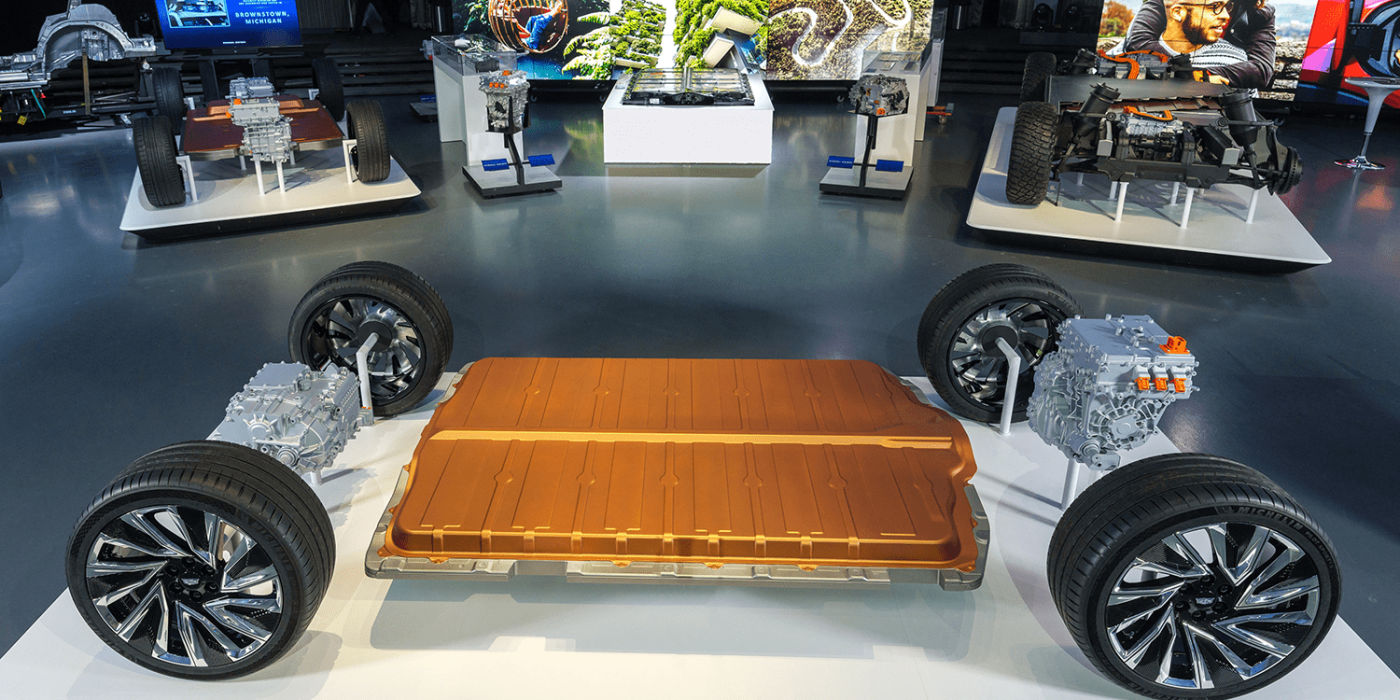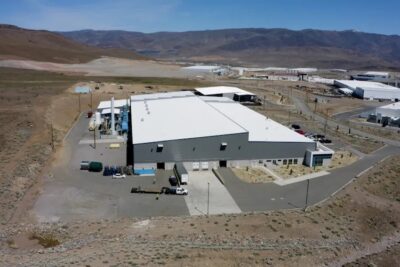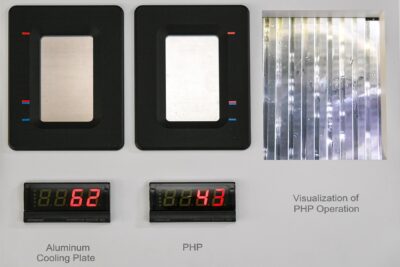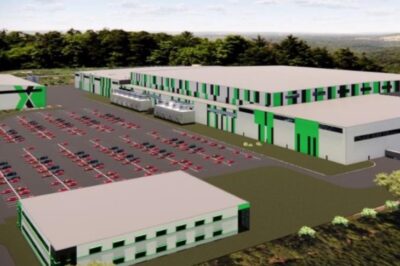GM reveals plans for increased e-mobility investment
US automaker General Motors has now officially confirmed that it will increase its investment in electric and automated driving vehicles from $27 billion to $35 billion by 2025, as previously leaked. GM has revealed some details of what the extra funds will be used for.
Yesterday, various media outlets already reported on the planned increase in the budget and the announced construction of two additional production facilities for battery cells in the United States. GM has confirmed both pieces of information. The two additional plants are expected to be built by the middle of this decade to complement the two plants under construction by the GM-LG Ultium Cells joint venture. The vehicle manufacturer has said that further details on these new US plants and their locations will be announced at a later date.
GM is already currently building a battery plant with LG Energy Solution in northeast Ohio, and Ultium Cells, the joint venture between the two groups, plans to build a second plant in Spring Hill in the U.S. state of Tennessee. The $2.3-billion-factory is scheduled to open in 2023. The battery initiative is part of GM’s plan to completely abandon the internal combustion engine by 2035. As an interim step, the manufacturer is aiming for a total of 30 purely electric models worldwide by 2025 and electric car sales of 40 per cent.
Aside from the heavy investment in the two newly announced US plants (Reuters reported $2 billion per factory yesterday), GM plans to pump more of the additional funds into commercialising its Ultium batteries and Hydrotec fuel cells: in addition to collaborating with Honda to build two electric cars with Ultium technology, the automaker has announced plans to supply its batteries and fuel cells to Wabtec Corporation for use in locomotives in the future. The two groups have signed a memorandum of understanding in which they have fixed to explore cooperation in the development and commercialisation of the technologies.
“The rail industry is on the cusp of a sustainable transformation with the introduction of batteries and hydrogen to power locomotive fleets,” said Wabtec CEO Rafael Santana. His company already has a battery-powered locomotive in its portfolio, the FLXdrive locomotive, which “has proven its potential slash carbon emissions by up to 30 per cent when running on 6 MWh.”
GM is also already reportedly supplying Hydrotec hydrogen technology to Navistar for use in fuel cell trucks scheduled for launch in 2024, and to Liebherr-Aerospace for use in hydrogen-powered auxiliary power units for aircraft. Now, for the middle of the decade, the US automaker has announced plans to bring its third-generation Hydrotec fuel cells to market with a higher power density and lower cost. Currently, GM’s Hydrotec stack is said to include more than 300 cells and is also being called a “power cube” in US reports because of its shape. The systems are assembled by Fuel Cell Systems Manufacturing LLC, a joint venture between General Motors and Honda.
Other additional GM investments are expected to go toward additional electric commercial vehicles based on the Ultium platform for North America and additional US assembly capacity for e-SUVs. GM plans to announce details on this at a later date.
media.gm.com, media.gm.com (cooperation with Wabtec)





0 Comments